The Forgotten Marketing Target
One of the most common requests I am getting lately from my clients is for “We are hiring” campaigns. Companies across the industry spectrum are experiencing labor shortages in unprecedented ways. Here’s a mind-boggling statistic that paints the picture.
According to the U.S. Chamber of Commerce:
- 2021 brought an addition of 3.8 million jobs (a record-breaking amount).
- Simultaneously, workforce participation remains below pre-pandemic levels, with fewer than 3.4 million fewer Americans working today as compared to February 2020.
This unique labor market sheds light on something that I think was always right below our noses, but we often had the luxury of ignoring – employee relations. Ultimately this is internal marketing. Internal marketing to employees is key to your business’s survival, brand and productivity for a range of reasons. Yes, you guessed it; we’re about to explore those reasons in more depth.
Rethinking Employee Relations
B2C, B2B – how about B2E? Without a strong workforce, it is a fairly universal truth that your company is going to struggle. When the workforce is less intense, we can take our focus away from internal marketing initiatives but to our own peril. B2E, aka business-to-employee marketing efforts, should begin long before a hiring emergency comes into play.
Laying the groundwork for a strong and happy workforce is about culture, productivity, innovation, revenue gains, and money saved on recruiting. It is bigger than recruiting – let’s think retention.
Happy employees are the best recruiters. Just the power of a customer referral can be the best form of marketing, and so can your satisfied employees. Whether they recommend your company to others or their enthusiasm shows through (and it will show through) during the interview process, recruiting becomes easier and more effective when you have a satisfied and happy team.
Creating culture deserves a spotlight again. I’ve talked about the importance of culture before, but it is worthy of a revisit. Culture is the glue that holds your business together. It is the cohesion that gives your team the comfort to be innovative, take initiative and push one another to do their best. Culture is not something that can be faked or created overnight (err, during a hiring campaign). It is something that happens organically, over time, and with much attention to detail and communication – which leads me to my next point.
Leadership starts with communication. Employee relations thrive when communication is strong. A good place to start is with a few reflective questions, such as:
- Is there a common goal that is clear to employees? Vision and mission statements may seem dated, but they are valuable tools.
- Are you both showing and telling? They say show, not tell, but the truth is it is show AND tell. The vision should be dynamic and exemplified.
Empowered employees are loyal employees. I recently read “A Ride of a Lifetime” by Robert Iger. The Disney CEO achieved many milestones during his tenure with ABC and, most notably, as the CEO of Disney. In the book, he shares the lessons that he learned during his career through storytelling. What stood out was his commitment to empowering his team.
So, how can you empower your team? Communicate. How do you effectively communicate with your employees? It’s similar to the strategy you employ as you market to your clients. Here are some tips:
- Help your team understand your client’s pain points and how your company offers solutions.
- Help your employees understand how they fit into the bigger picture. For instance, if your company offers janitorial service – It’s not JUST janitorial. Do they understand that they contribute to the health and wellness of a building’s occupants?
- Share. Be vulnerable. Be real and honest about your essence, values, and the culture of your organization.
- Know your target. While it goes without saying that team members have different lifestyles depending on where they fall on the organization chart – this is often overlooked. Stop communicating on your level and communicate on your team’s level. Meet them where they are at. Are you working with unskilled or skilled labor? They may not be on LinkedIn.
- Most importantly, prioritize communication with your employees. Identify internal projects and break them down into manageable initiatives.
- Summing up the elements of an employee engagement plan: Start by evaluating your objectives. Then, calibrate your talking points. Once this foundation has been laid, you can initiate a cohesive and consistent plan to engage your employees through clear and direct communication.
Ready to get started on a review and refresh of your marketing strategy?
Zoom with Jackie over lunch every Friday from 1 p.m. to 2 p.m. for a Marketing Jam Session! Please RSVP at jackie@awvemarketing.com.

